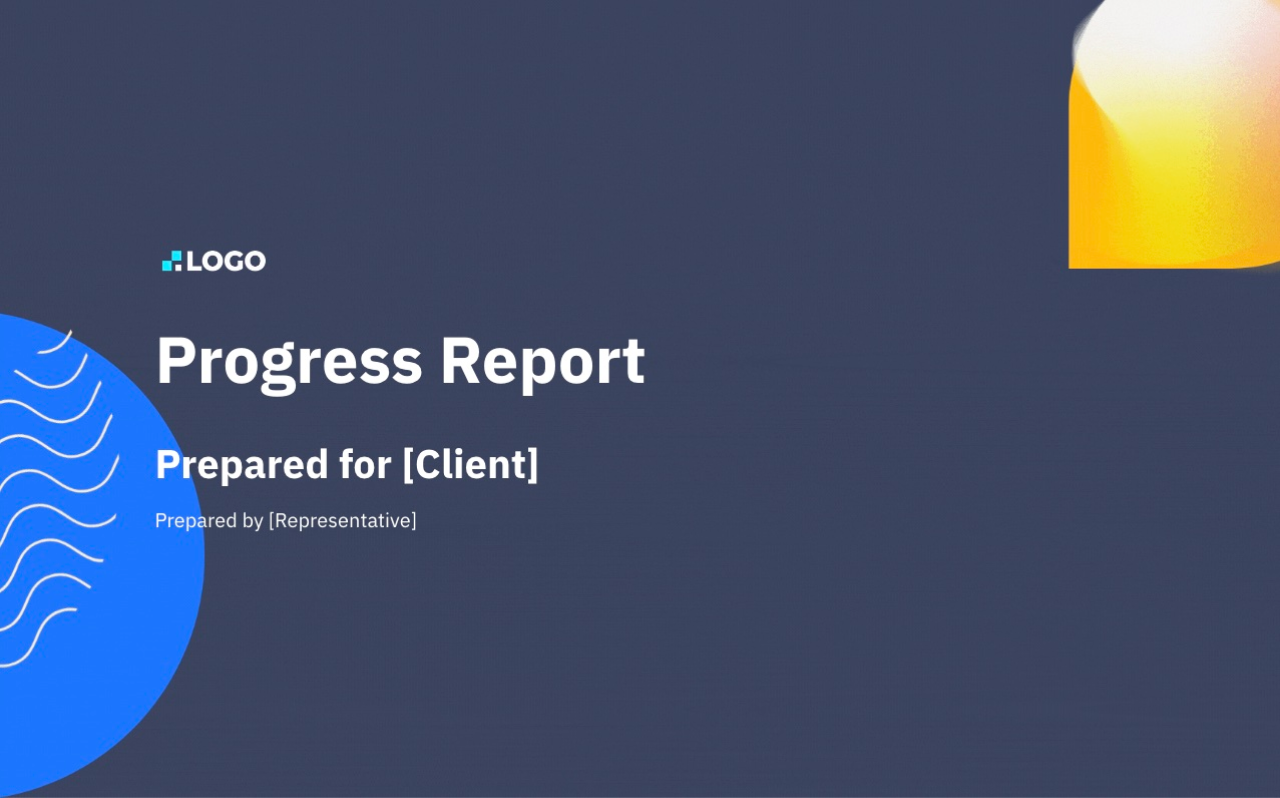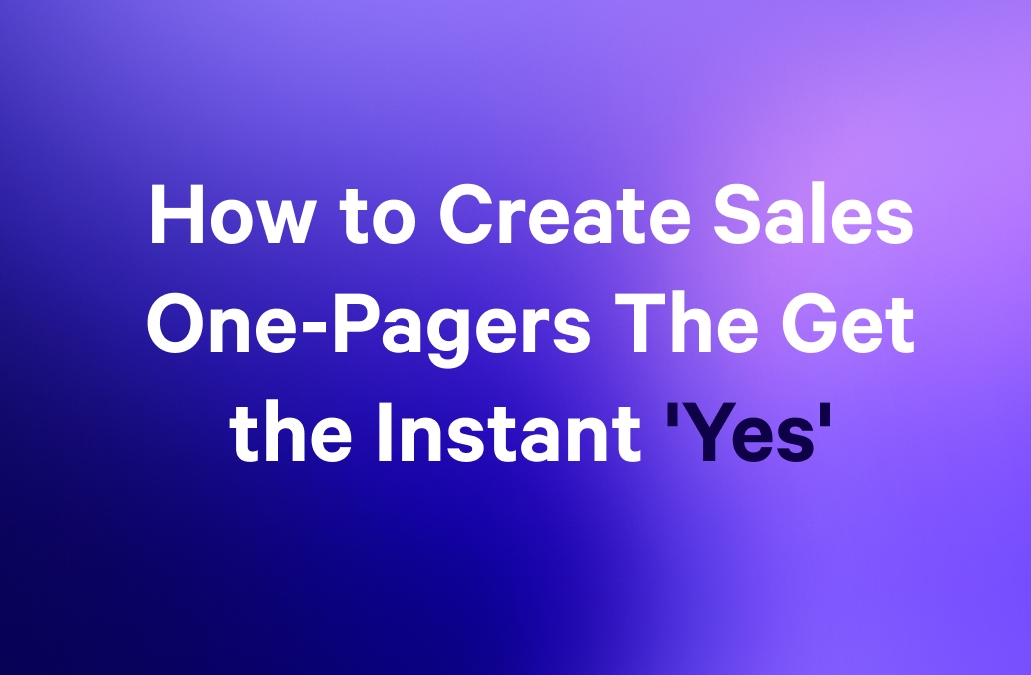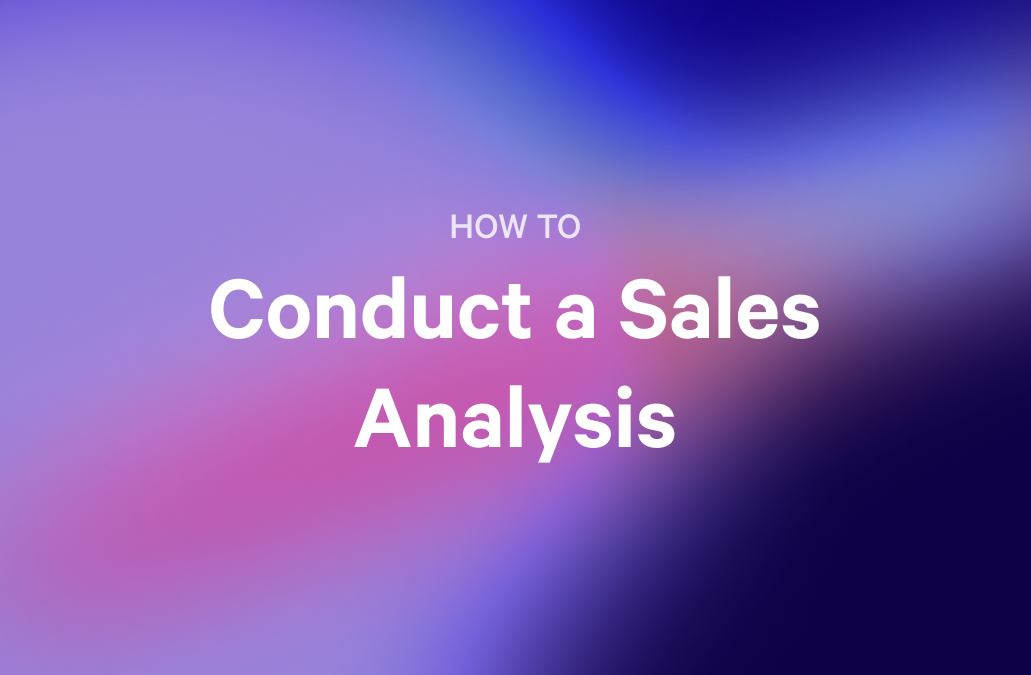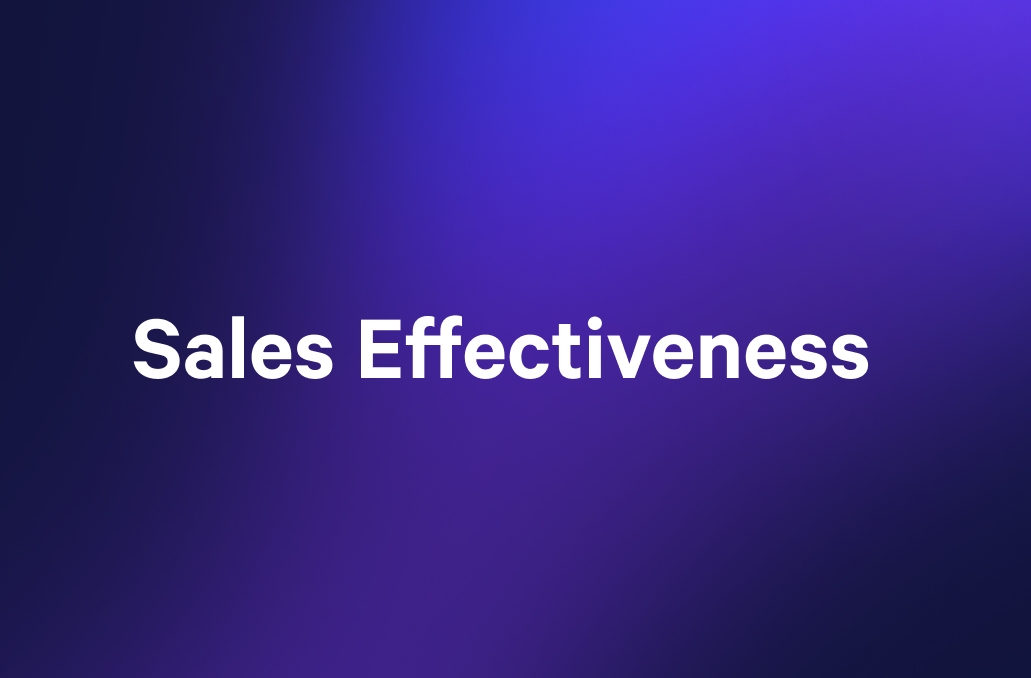Ever tried having an important conversation in a crowded restaurant? That’s what your stakeholders feel when they get a report that doesn’t speak their language. In a world where 84% of leaders are swimming in a sea of notifications—Slack pings, email alerts, dashboard updates—your carefully crafted reports are just another voice trying to be heard over the noise.
If this hits close to home—your reporting efforts are constantly getting buried under a mountain of unread PDFs, unopened in the inbox, or simply being ignored—something gotta change.In this article, we'll show you how to bridge this gap by delivering reports that stakeholders actually want to read—turning overlooked documents into invaluable decision-making tools that drive real business outcomes.
Key takeaway
- The most effective business reports are defined by their audience, not their format.
- Traditional business reports are often ignored due to being lengthy and irrelevant to stakeholders.
- Reports that are tailored to the stakeholder's needs are more effective.
- Consider using reporting templates for a more professional and efficient reporting process.
What are business reports and why do they matter?
Consider business reports as formal documents that analyze business performance, operations, and strategies to support decision-making. From daily progress snapshots to comprehensive quarterly reviews, business reports provide the structured information stakeholders need to evaluate results and guide future actions.
For internal teams, these reports align department heads on strategic initiatives. In contrast, client-facing teams use business reports to demonstrate value, showing clients where they are and helping them decide where to go next.
Types of conventional business reports
Before we dive into stakeholder-specific reporting, let's break down the fundamental business report types you're likely dealing with daily. Understanding these basics helps us see why traditional approaches often miss the mark—and how we can transform them into more effective tools
Informational reports
Informational reports are just that—ones that provide straightforward, fact-based, and essential information for tracking daily operations. While they serve as vital record-keepers, they often end up unread because they lack actionable insights and are often used as a checkbox for regular tracking.
- Example: Monthly sales data compilation, website traffic logs, social media engagement metrics, sales pipeline management report, lead generation metrics
- Common formats: Status updates, inventory reports, attendance records
- Frequency: Daily to weekly
Analytical reports
Analytical reports are designed to use data, combine facts with expert analysis, and guide strategy. They are highly valued and are used extensively to support decision-making and problem-solving.
- Example: Market research findings with strategic recommendations, Campaign performance reports, competitive analysis reporting, market opportunity assessments, sales performance analysis
- Common formats: Feasibility studies, SWOT analysis reports
- Frequency: Monthly to quarterly
Progress reports
These are your project's vital signs, showing how initiatives are tracking against goals. They're crucial for keeping projects on track but can become overwhelming without proper focus. Project progress reports are essential but best used for project management and to track advancement toward goals.
- Example: Project milestones and completion status, sales target achievement, deal closure rates, campaign performance tracking, resource utilization report
- Common formats: Weekly updates, milestone reports, status dashboards
- Frequency: Weekly to monthly
Research reports
Research reports are essentially deep dives that answer specific business questions. Companies lean into them when they want an in-depth understanding of specific issues while client-facing teams use them to present findings from specific investigations.
While these provide valuable insights, they are often shelved due to their length and complexity.
- Example: Customer satisfaction survey results, win/loss analysis, customer behavior studies, industry trend analysis, brand perception surveys
- Common formats: Survey findings, market research reports
- Frequency: Quarterly to annually
Financial reports
While essential for compliance and planning, financial reports need translation for non-financial stakeholders. The key is transforming complex financial data into clear business value—showing not just the numbers but what they mean for the stakeholder's goals.
- Example: Quarterly earnings reports, revenue forecasts, sales commission reports, sales growth forecasts, budget forecasts, ROI analysis
- Common formats: P&L statements, balance sheets, budget report
- Frequency: Monthly to quarterly
What to include in a business report?
While report content varies by type and audience, certain elements transform good reports into decision-driving tools. Beyond the standard executive summaries, goals, and data visualizations, what sets exceptional reports apart is their strategic focus.
Essential elements that drive impact:
- Executive summary: Clear, skimmable insights and key takeaways
- Defined goals & objectives: What success looks like in measurable terms
- Data visualization: Key metrics presented visually for quick comprehension
- Context & analysis: What the data means for business outcomes
- Clear recommendations: Specific, actionable next steps
- Timeline & resources: What's needed to implement changes
- Success metrics: How progress will be measured
Common pitfalls? Most reports overwhelm decision-makers with data but undersell insights. Here’s an example:
"Our social media engagement increased 150% this quarter, with 45,000 new followers across platforms" vs. "Our targeted social strategy drove $300K in attributable revenue this quarter, with a 3x higher conversion rate from new followers."
The difference between a report that gathers dust and one that drives decisions often lies in a simple shift: viewing it through your stakeholder's eyes—what do they need to know to take action?
Why choose stakeholder-focused reporting?
Traditional business reporting follows this one-size-fits-all approach—churning out dense, standardized reports that try to serve everyone but end up serving no one.
The problem? Your CFO wants bottom-line impact, your marketing director needs campaign insights, and your client wants to see ROI at a glance. When you send them all the same 30-page comprehensive report, you're essentially asking busy professionals to hunt for needles in a haystack. They don't have time to translate complex data into relevant insights for their role.
Sure, the information is there, but who's going to read it?

Stakeholder-focused reporting flips this approach on its head. Instead of creating reports and hoping they stick, you start with your stakeholder's needs:
- What decisions do they need to make?
- What metrics actually matter to their role?
- How much detail do they need (and want)?
- What format helps them absorb information quickly?
Bottom line: If you’re after higher engagement with your reports, faster decision-making, and better business outcomes, you need to change your outlook towards them.
Types of business reports by stakeholder type
So why the case of looking at a business report through the lens of a stakeholder? It’s because the most effective business reports aren't defined by their format but by their audience. Understanding what different stakeholders need—and, more importantly, how they consume information—is the key to creating reports that drive action.
Let's explore how to tailor reports for different stakeholder groups.
#1 Executive stakeholder business reports
Executives don't have time to dig through data—they need clear signals for decision-making. When sending business reports to executive stakeholders, ensure they are high-level, with clear business impact and strategic implications, and focus on key metrics that relate to business objectives.
Keep these reports brief, ideally with a one-page executive summary that highlights strategic objectives, market position, and risk assessments.
Qwilr’s Quarterly Business Review template is one such example that allows users to showcase not just the basics, such as executive summary, but also visual elements, such as embeddable data dashboards, ROI calculator, and pricing information that allows them to quickly gain alignment.
#2 Clients facing business reports
Clients need to see value and progress in concrete terms. These reports should demonstrate clear ROI and milestone achievement while providing actionable insights and recommendations. Include performance against KPIs, resource utilization, and proactive problem identification. The key is maintaining transparency while building confidence in your partnership.
Focus on telling a story that connects their investment to tangible outcomes. Better yet, use a Consulting Report template from Qwilr to showcase your expertise while building lasting client relationships.
Qwilr’s Consulting Report template allows you to include your research and add business mapping, quotes, and a project summary. It is also highly customizable, so you can focus on the content rather than stressing over constant formatting and design.
#3 Project-focused business reports
Project stakeholders require detailed execution insights without getting lost in the weeds. These reports should track milestones, dependencies, and resource allocation while highlighting potential risks and mitigation strategies. Include budget tracking and team performance metrics that show clear progress toward objectives. The focus should be on providing an implementation plan and actionable insights that enable timely decision-making and course corrections.
Progress Report Template from Qwilr is extremely intuitive and user-friendly, helping teams showcase progress summaries effectively and keeping everyone on the same page. You can add sections on not just the project overview but also potential roadblocks while laying down future next steps.

Use an implementation plan if you’re launching a new initiative or introducing new processes to bridge the gap between ideas and tangible results. Qwilr’s Implementation Plan Template serves as your crucial project roadmap and includes all the details to help you stay on track.
#4 Cross-functional stakeholder business reports
Creating reports for cross-functional teams requires a delicate balance. These reports need to bridge different departmental perspectives while maintaining clarity and relevance for all parties.
Take, for example, a scenario where you have to transition an entire sales team to a new CRM system. The implementation affects sales processes, marketing automation, customer support workflows, and financial reporting. In such cases, a detailed Software Implementation Plan Template can help break down this complex transition into manageable phases, clearly listing the implementation strategy, roll-out strategy, and current system analysis.
When sharing such reports, focus on common metrics that matter across teams, clear impact on shared objectives, and role-specific insights in context. Highlight interdependencies and collaborative wins to foster alignment and shared understanding of progress.
Making business reporting a breeze with Qwilr
You understand which reports your stakeholders need—but where do you begin?
Creating effective business reports from scratch can be overwhelming, especially when juggling multiple stakeholders and tight deadlines. Qwilr’s reporting templates transform this challenge into an opportunity, with features designed for modern business needs:
- Brand control—maintain consistent branding across all reports while allowing team customization. Every document reflects your professional identity, from executive summaries to client presentations.
- Embeddable content—seamlessly integrate live data and interactive elements that bring your reports to life. Transform static updates into dynamic business tools.
- ROI Calculator—built-in ROI calculator helps quantify and communicate value clearly. Show stakeholders the numbers that matter, automatically calculated and beautifully presented.
- Team controls—streamline collaboration while maintaining quality. Set permissions, track changes, and ensure consistency across departments.
The result? Reports that don't just inform but drive decisions. Instead of spending hours on formatting, you can focus on insights that move your business forward. Whether you're creating executive summaries or detailed project updates, Qwilr’s templates ensure your reports are:
- Professional & consistent and deliver polished, cohesive communication that resonates with every audience.
- Efficient & time-saving, cutting report creation time in half, prioritizing analysis over formatting.
- Flexible & customizable, allowing you to adapt content and visuals to each stakeholder's needs while maintaining standards
- Quality-controlled with built-in reporting standards that keep quality consistent across teams
About the author

Dusty Martin|Revenue Operations Manager, Qwilr
Dusty is Qwilr's Revenue Operations Manager, working with a distributed sales team to drive revenue in the most efficient way possible.



